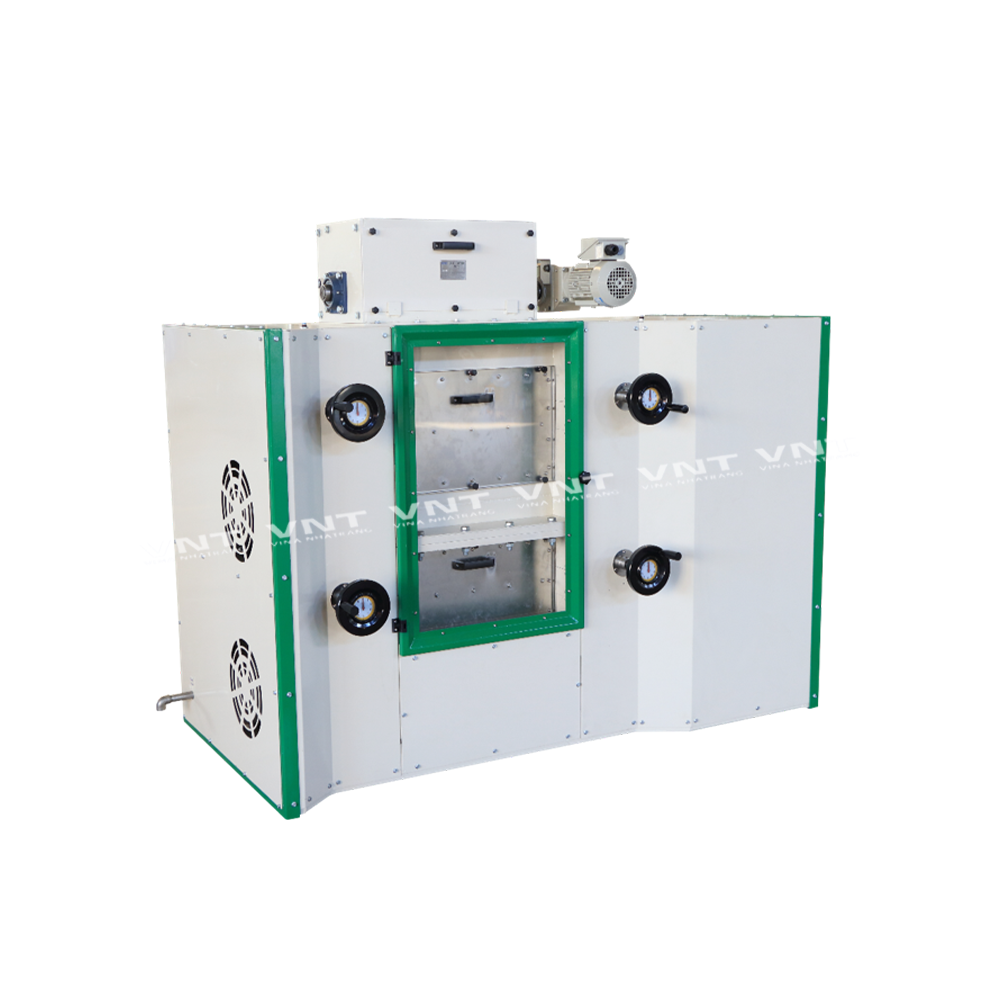How an Industrial Coffee Grinder Improves Brew Consistency
How an Industrial Coffee Grinder Improves Brew Consistency
Blog Article
Industrial Coffee Mill Overview: Boost Performance and Quality
In the affordable landscape of coffee manufacturing, selecting the right industrial coffee grinder plays a crucial function in enhancing both performance and product quality. Understanding the subtleties of different grinder types and key features-- such as personalized work settings and robust building-- can considerably affect the last flavor profile of the coffee.
Comprehending Mill Types
When picking a commercial coffee grinder, understanding the numerous types readily available is important for optimizing both flavor extraction and operational effectiveness. The two key kinds of grinders are blade grinders and burr mills.

Ultimately, selecting the best sort of grinder is indispensable to preserving high quality and performance in coffee manufacturing, making it imperative for businesses to spend in high-grade burr grinders for ideal outcomes.
Key Functions to Think About
Choosing a commercial coffee mill requires mindful factor to consider of a number of crucial features that can dramatically influence both performance and the overall coffee experience. Among the main aspects to examine is the grinding device. Burr grinders are usually preferred over blade grinders, as they give a regular grind dimension, which is crucial for optimum removal and taste.
An additional essential attribute is the mill's ability. A functional mill with several settings allows you to tailor the work dimension to various developing approaches, enhancing the coffee's taste account.
Examine the grinder's sound level, particularly in a busy coffee shop or production setting, where extreme noise can be turbulent. Investing in a mill that balances these features can greatly boost both operational performance and the high quality of the coffee served.
Optimizing Grinding Process
To attain the ideal results in coffee preparation, maximizing the grinding procedure is vital. The grind dimension substantially affects removal, taste, and total top quality of the made coffee. Various brewing methods require specific work sizes; for instance, coffee demands a fine work, while French press requires a crude appearance. Understanding the relationship in between grind size and brewing approach is the initial step in optimization.


Furthermore, checking the grinding rate can maximize the procedure. Slower grinding usually generates much less warmth, maintaining fragile tastes and scents. On the other hand, much faster grinding might create too much warmth, adversely influencing the coffee's top quality.
Upkeep and Treatment Tips
Correct upkeep and care of industrial coffee mills are essential for guaranteeing optimal performance and longevity. Regular cleaning is the structure of upkeep; deposit build-up can impact flavor and grinding efficiency. It is advisable to clean the mill after each use, wiping down the outside and eliminating any type of coffee grounds from the burrs.
In addition, check the grinding burrs for damage. Boring burrs can compromise work uniformity, so they ought to be replaced as required. Industrial Coffee Grinder. Periodically adjusting the mill is also essential, as this maintains the wanted work size for various developing techniques
Lubrication of moving components need to be performed according to the supplier's specs, as this decreases friction and extends the life of the equipment. It is important to use food-grade lubricants to make certain security and compliance with health regulations.
Lastly, maintain the grinder in a completely dry and secure atmosphere to prevent corrosion and rust. By adhering to these maintenance and care tips, operators can boost the effectiveness of their industrial coffee mills while ensuring premium outcome and extended functional life.
Return on Investment Evaluation
Examining the roi (ROI) for industrial coffee grinders is vital for businesses seeking to enhance their coffee manufacturing capacities. An extensive ROI analysis aids determine the monetary feasibility of purchasing high-quality grinders, allowing companies to weigh the initial prices versus content potential gains.
To conduct an extensive ROI analysis, companies must think about a number of essential elements. First, assess the purchase rate of the mill, consisting of setup and any necessary modifications to existing framework. Next, calculate functional prices, consisting of energy usage, maintenance expenses, and labor performance renovations. High-performance mills commonly bring about minimized grinding time and boosted throughput, which can substantially boost efficiency.
Furthermore, consider the influence on item top quality. Industrial Coffee Grinder. Superior mills produce a more consistent work size, which can enhance flavor her response profiles and consumer satisfaction, inevitably driving sales. By boosting the quality of the end product, services can justify greater pricing, causing boosted income
Verdict
In summary, an industrial coffee grinder plays a critical function in enhancing both effectiveness and product quality within coffee production. Inevitably, the critical financial investment in a reliable mill adds dramatically to boosted profits and competition in the coffee market.
In the competitive landscape of coffee production, selecting the appropriate commercial coffee mill plays a pivotal function in improving both effectiveness and product high quality. The 2 key kinds of grinders are blade grinders and burr mills. Within the burr mill classification, there are flat burr mills and cone-shaped burr grinders, each with its benefits. Burr grinders are typically preferred over blade grinders, as they give a constant grind size, which is crucial for optimal removal and flavor.
In recap, a commercial coffee grinder plays a crucial function in improving both efficiency and item top quality within coffee production.
Report this page